Nonhuman Nonsense is a research-driven design and art studio existing somewhere between utopia and dystopia. They wonder upon our relationship with the non-human, embracing paradoxical stories that open the public imaginary. Founded by Leo Fidjeland and Linnea Våglund, it is based between Berlin and Stockholm.
According to the artists, to honour nonlife, we must end biocentrism. To move away from the idea that value exists only in living things and to extend this to those empty of life, such as rocks. Adopting this multientity perspective opens up a type of empathy that allows us to think more consciously about the universe and the planet that we currently inhabit.
Their project Planetary Personhood envisions a journey into space without the baggage of earthly establishments. The project channels an intergalactic imagination, addressing the planet as a whole, through a constitution that acknowledges all of the objects residing on Mars. We caught up with them to wonder, what does it mean to colonize a planet? How can we be kind to a planet without “life”? Why is this interplanetary knowledge necessary for humanity?

Let’s start with the name of your studio ‘Nonhuman Nonsense’. Where did it come from and how does it inform your work?
The name came from a feeling that what underlies many of the big problems that we are experiencing in these turbulent times is our relationship to the nonhuman; animals, objects, ecology, technology, and the specters between or beyond those categories.
The nonsense comes from an interest in using paradoxes or contradictions as an entryway to the (seemingly) impossible.
Nonsense is an antidote to “the common sense”, it shakes the ground and takes aim outside of the current world system.
It’s also a very personal reminder for us not to take things too seriously or literally, working with humour and curiosity gives us a sense of openness and warmth towards the complex and, at times, disturbing experience of living. Ultimately, we recognize that separating out the nonhuman from the human, is nonsense.
What are the benefits for thinking in the non-human?
For us it’s a humbling practice, we hope that it makes us kinder and more compassionate. Re-negotiating the power balances between humans and nonhumans is on one hand a very structural, societal and analytical undertaking. It involves confronting global issues of ecological and social justice, entangled in huge systems of economy, law, science, race & privilege, driven by money and violence. On the other hand, encountering the nonhuman is something that takes place in the present moment. It’s about listening and being inspired, letting go of control and respecting other ways of being.
The Pink Chicken project explores the ongoing destruction of the biosphere, while sending a message to future generations on the liability of the Anthropocene. Planetary Personhood is a campaign pursuing space decolonization on Mars. Do you consider Mars a plan B?
Perhaps both of these projects are about stopping for a moment and taking a look at the narratives we live under. About openly examining how, for example, human exceptionalism and domination lead to destructive ways of relating to the Earth, other people, and other beings. We are interested in the future mainly as a reflection and projection of the present. Mars, as a thought, is an opportunity to free ourselves from the baggage of earthly institutions and traditions and take the leap into an alien mindset. If we don’t change ourselves and our minds before we go to plan(et) B, Mars is not going to change it for us.
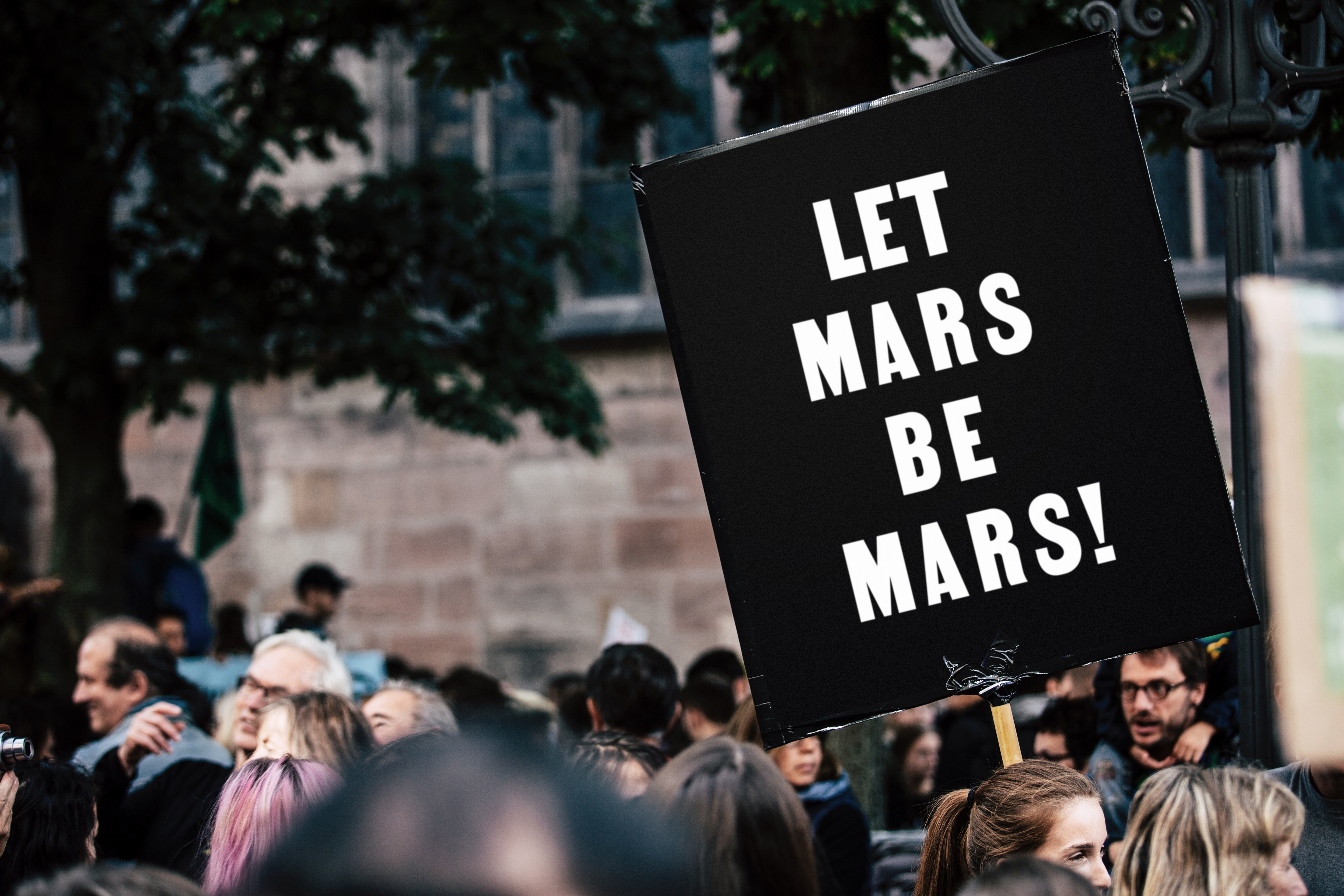
In our opinion, it’s important to see that the Anthropocene as a planetary catastrophe consists of multiple interlocking systems in crisis at the same time. That we can’t talk about ecological issues without also talking about social issues. There are many people of non-western or indigenous perspectives around the planet who have the knowledge and wisdom of how to skillfully integrate human activity into the mesh of nonhumans, but they have been denied, dispossessed and denigrated for centuries.
At the same time, we should remember that the destruction of the nonhuman is also the destruction of the human. We usually think of humanity as consisting of a set of human bodies, but if we look deeper, we see that if it wasn’t for the animals, the plants, the mushrooms, and the soil, there wouldn’t be any humanity at all! Even looking at our own bodies, we see that they are actually constructed of the minerals, the mountains, the wind, and the sunshine.
Humanity consists entirely of nonhuman entities.
Remove the atmosphere, the bees, or the microbiomes, and we stop existing. The entire cosmos is linked in a mutual network of interdependence. On some level we know this; our bodies are made in supernovas. The problem is that we treat it as if it were poetry, but it is science.
Art enables access to the affective, and the underlying ethical and metaphysical levels. It works in the embryonic stages of system transformation, in the realm of social dreaming, meaning- and world-making. As Donna Haraway writes, “it matters what stories make worlds, what worlds make stories.”
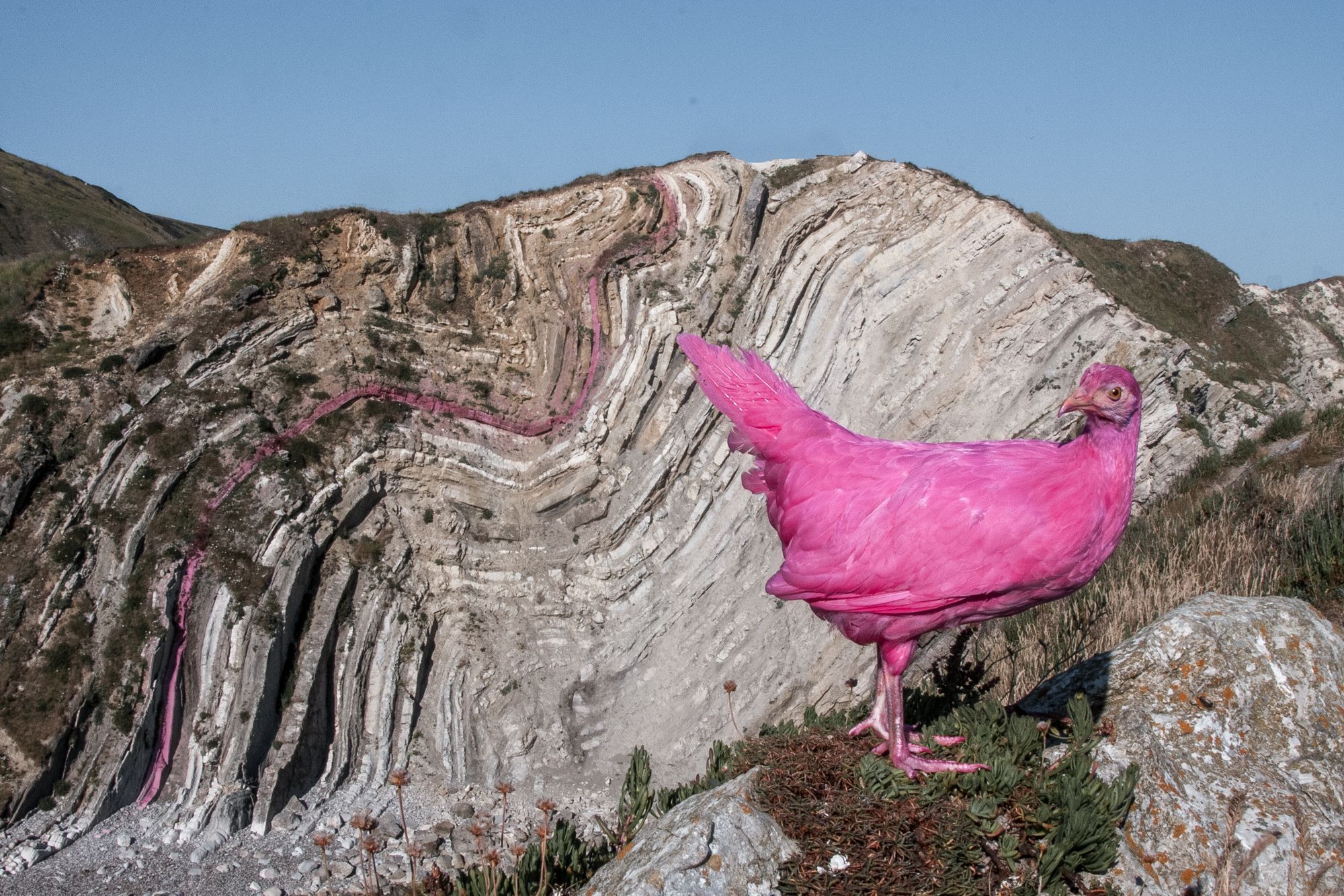
The Pink Chicken project poses questions of the impact and power of synthetic biology and gene drives, but uses those technologies to formulate the critique. In Planetary Personhood, you speak of decolonization, identity categorization and constitutions, using the same apparatus to form the critique of human and nonhuman relations. Can using the same tools ever dismantle systems of oppression or bring about genuine change?
That is a great question, perhaps it’s about the power of the paradox as a tool to find that which lies underneath. We are really inspired by the Zen practice of kōans, paradoxical riddles that are intended to instill a “great doubt” in the practitioner about their own views or the nature of reality such as “what is the sound of one hand clapping?”. A kōan is something that you carry in your mind for quite a long time, examining it from all directions, sleeping on it, having it in your pocket. As your internal sense of contradiction builds up more and more, you eventually break through to that which lies beyond conventional reasoning.
There is something about paradoxes as an antidote to polarisation and defensiveness. The problem is not synthetic biology or categorization in itself, we can use these apparatuses in constructive ways. But when they are motivated by greed or anger or fear, they form a part of a system of oppression. So since the root of oppression is found in the mind, genuine change must start by understanding and transforming the mind. At the same time, laws and norms and other external conditions do influence the mind, so it goes both ways.
To us, a contradiction is a more generous way to invite people to explore their inner views, rather than talking about right or wrong.
This is what it’s like for us at least. We make our projects firstly for ourselves, in a process of self-exploration, and if they are beneficial for us, maybe they will be of use for someone else.

Humans make sense of the world through language. The non-human does not. Your work often comes from the non-human perspective. However, non-human entities don’t process thoughts through language like we do. Perhaps they communicate. How do you imagine non-human communication? What can we learn from that?
We are not convinced that it’s as easy as saying that humans use language and nonhumans don’t. Science knows very little about animal communication in general, and the more it learns it discovers that other species have much more complex understanding and communication than previously thought. There is a beautiful example from the philosopher Vinciane Despret, who describes:
The importance of not assuming that the human condition is something unique and superior to be able to talk to animals.
Despret takes the example of Alex the parrot who is trained by the scientist Irene Pepperberg to talk, and stresses the importance of treating Alex as an equal, of letting the parrot speak. Alex talks because Pepperberg desires it and demands it of him, and because she was able to subordinate her desire to what makes sense for Alex in the matter of speaking. She was able to negotiate with Alex over what in speech could interest him. Alex talks because for diverse reasons his desire overlaps with that of Pepperberg.
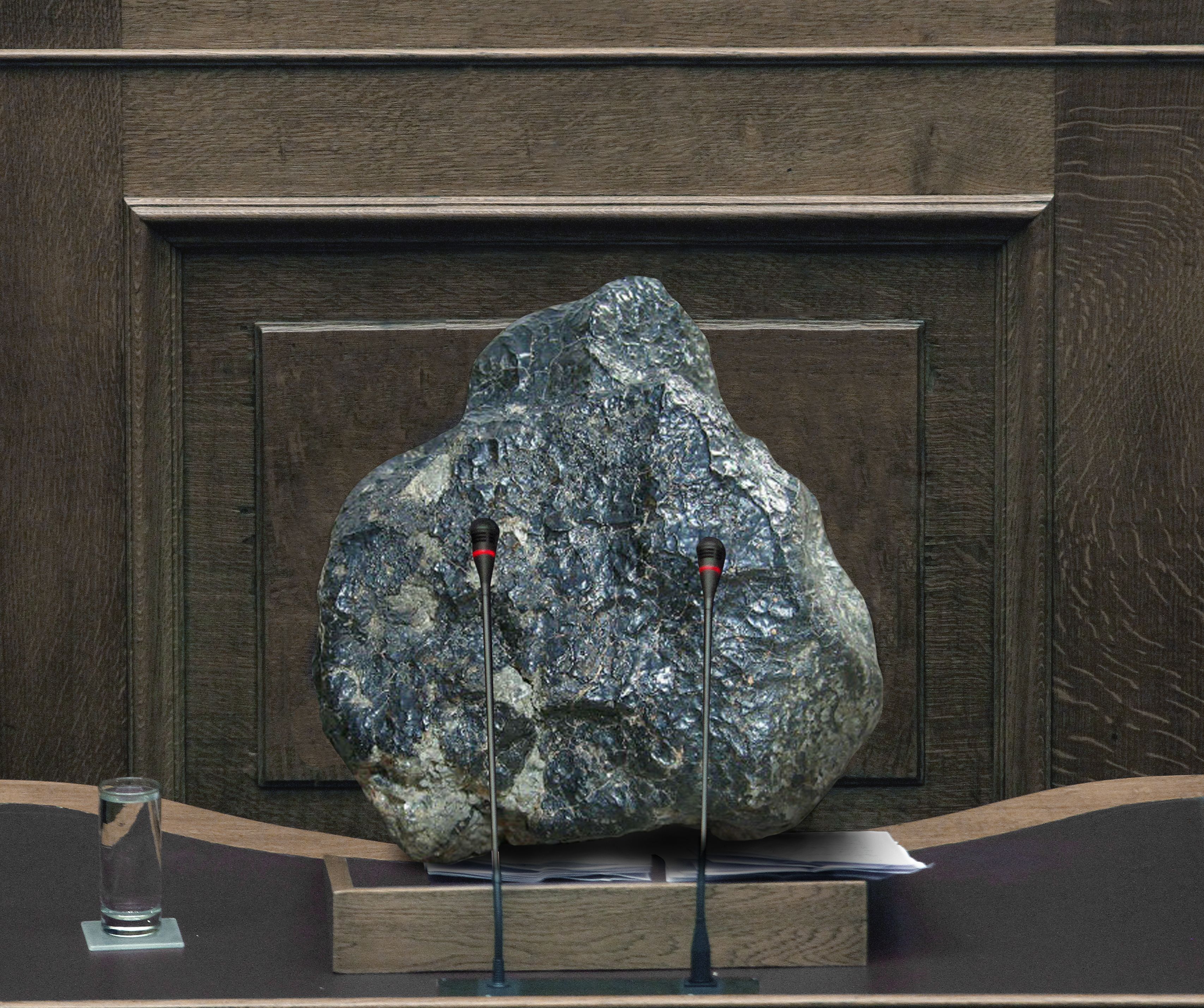
In Planetary Personhood we were interested in pushing this idea to its extreme: How can we treat the stone as an equal, and let the stone speak? For us this leads to the central questions of nonhuman agency and intentionality (or desire as Despret writes). But somewhere along the way the reasoning kind of collapses and becomes nonsensical, which is also the point. To jolt the viewer to wake up and think for themselves. By putting a meteorite in front of a microphone, we are trying to show the limitations of language and categorization to describe something that is ultimately ineffable. To strategically dress nonhumans in an apparatus that we are familiar with in an attempt to avoid interfering, and letting the rock exist on its own terms.
To create a relationship to the unknowable and to open up to the idea that reality is perhaps radically different than we usually think.
We don’t claim to have an easy answer, but we try to create stories that enable us to think about all of this in a less abstract way, and to find places where nonhuman and human worlds overlap. Like Jane Bennet says: 'If we think we already know what is out there, we will almost surely miss much of it.'
How do you compare the discussion on the non-human to those from a non-Western perspective? For example in Eastern philosophies such as Buddhism and Taoism which already identify with objects in the non-human world. What does the comparison reveal about Western consciousness and the understanding of how we apply value to other forms outside our own?
The west has, to put it bluntly, been very self-centred for a long time. Anthropocentrism, the complete focus on the human as the pinnacle of existence, human consciousness as radically richer than anything else, has been, and still is, a main metaphysical pillar. Descartes strong correlation between thinking and being, as if thinking was the supreme way to exist. Heidegger’s talk of animals as “poor in worlds”, or stones having “no world at all”. Underneath much of western philosophy is the cosmology of the Abrahamic religions, where humans are the centre of God’s creation, and the nonhuman simply a background for us to use as we see fit. Even though for many people God has now been thrown out of the equation, anthropocentrism remains. Human consciousness is seen as unique, nonhumans are objectified and turned into property, empathy is shut down, and out comes industrial agriculture with billions and billions and billions of nonhumans mutilated and massacred on an unfathomable scale.
The other tendency that we see in the west is to view science and reductionism as the only type of knowledge, and only that which can be measured or described in absolute language as real. Nonhumans become valuable if they are measurable, if they provide “ecosystem services” to the human.
We have a long colonial history of counting, taxonomizing, categorizing and ordering the nonhuman.
But because it is impossible to completely describe or calculate the value of the slimy swamp, the shy snail, or the sacred site, they are systematically undervalued, and destroyed (ironically) in the name of prosperity and reason. We have a lot to learn from eastern philosophies! Because while the scientific methodology is excellent at understanding matter, it’s knowledge of mind is almost nonexistent. There isn’t even a scientific definition of consciousness, or there are 250 which is the same thing. There is no way of measuring it objectively. We don’t know scientifically what the causes and conditions are that give rise to consciousness. Are trees conscious? Are rocks conscious? Are electrons conscious? We don’t know scientifically. We don’t know what causes it, but we tell ourselves that we definitely have more of it than nonhumans. Historian Daniel Boorstin writes that the greatest obstacle to scientific discovery is the illusion of knowledge, not ignorance. We have a lot of illusions of knowledge about both consciousness and the nonhuman. Prof. Allan Wallace, an expert on the relationship between science and eastern thought, says:
It's like the mind doesn’t matter, because it’s not matter, or it matters only if it is matter.
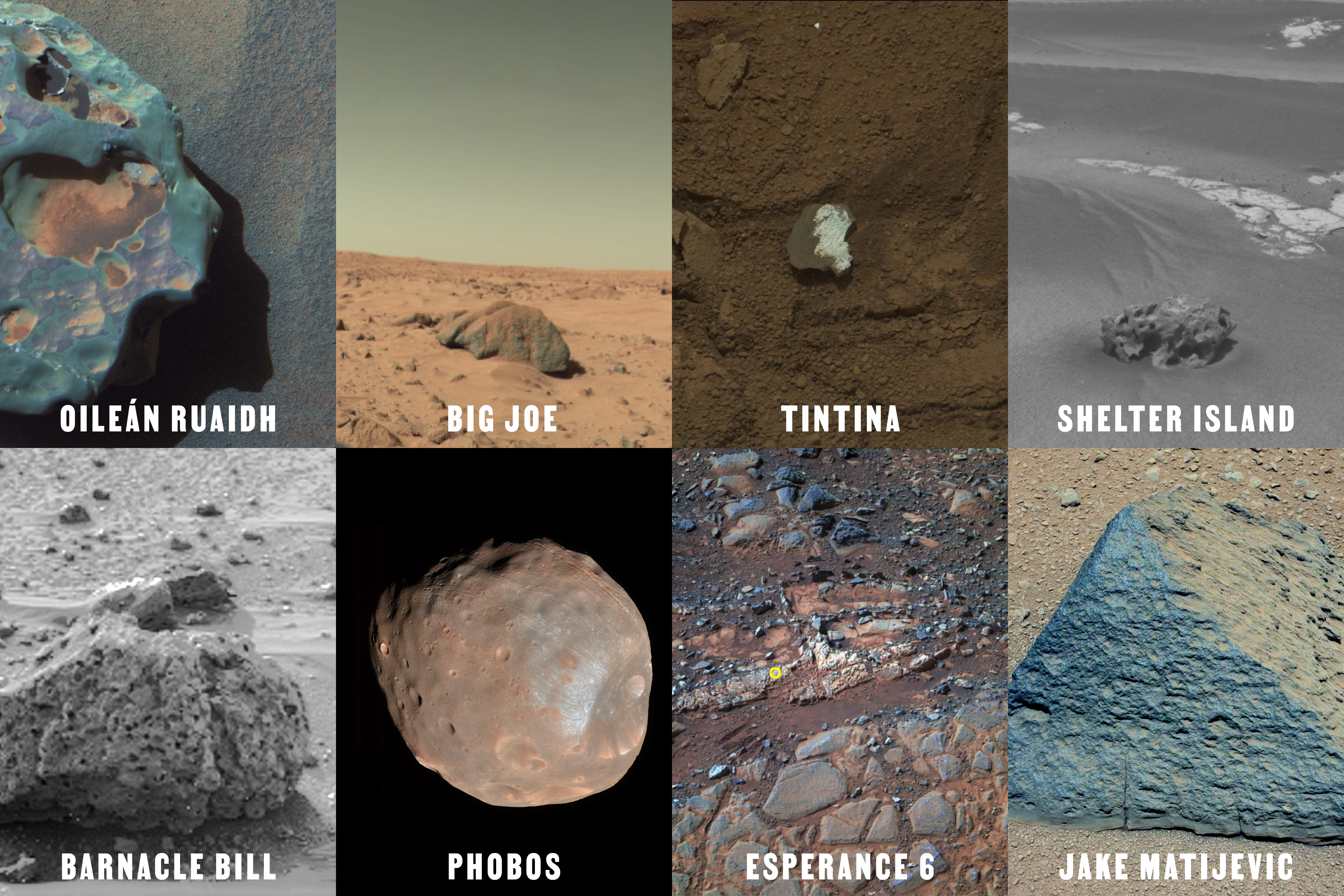
Asia, on the other hand, has about 5000 years of head start on empirically exploring consciousness from the inside out, through the very rigorous first-person science of introspective meditation that forms the core of Hinduism, Buddhism, Jainism and Taoism. But because of the heritage of colonialism, we dismiss it offhand; it’s not western so it must be primitive, or, it’s religion so it must be based on blind faith. Buddhism wasn’t an ism before the west made it one, and many of its practitioners don't even consider it a religion. We project western religion onto it and then it ends up on the same shelf as “our” God.
But we can also see an interesting blending and influencing taking place between the east and the west.
The discourse in the posthumanities about entanglement, world-making, and reworked notions of nonhuman agency and ontology, are to us not far from eastern concepts of nonduality, dependent arising and interbeing.
There is a lot more to say here, we are working on a book about Planetary Personhood that explores it in more detail. All we can say at this point is “Honor Nonlife: End Biocentrism!”
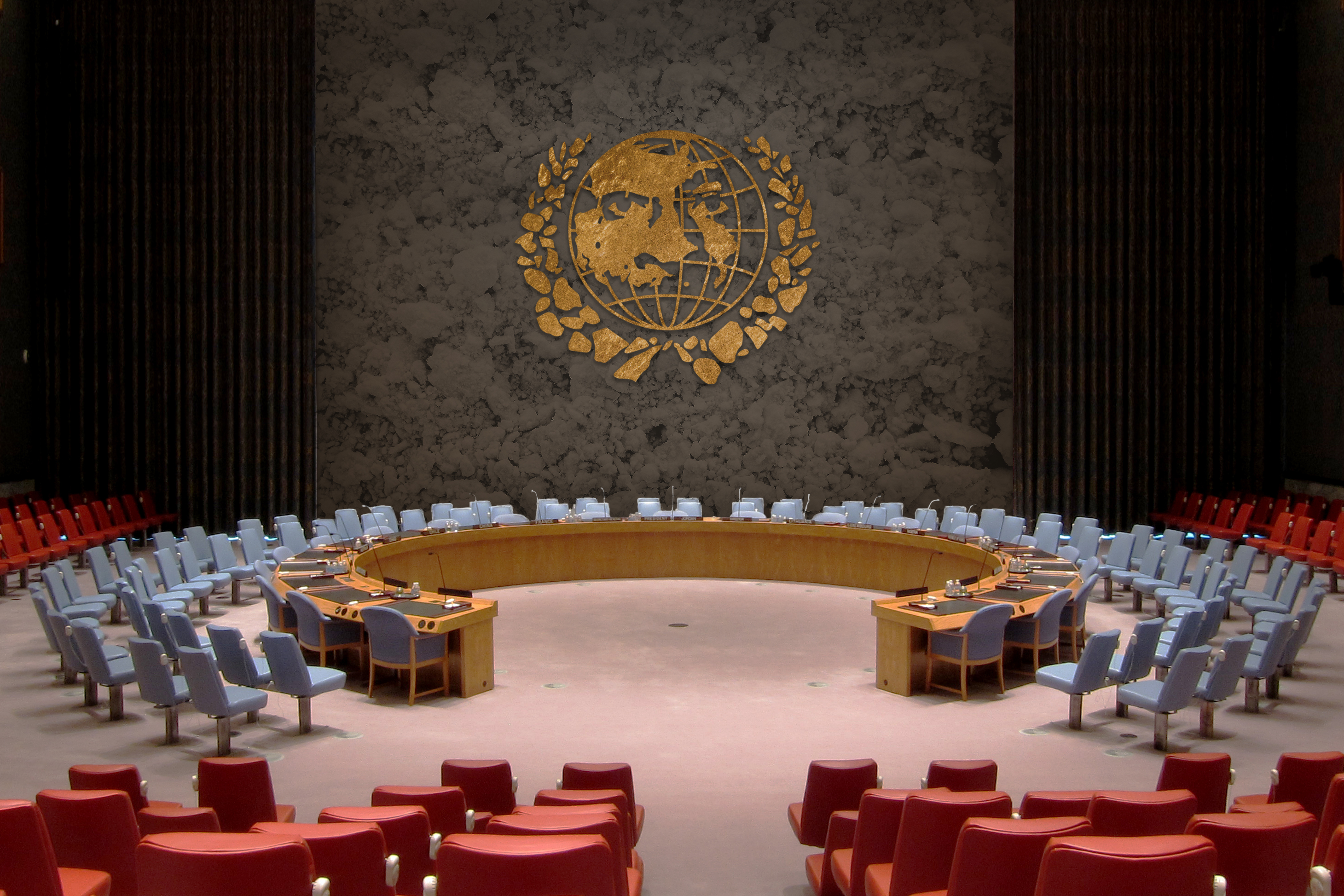
As we see rivers, mountains and lands being granted legal rights, how or where else do you hope to see legal recognition on planet earth?
Legal personhood is to us a really interesting way to begin to transform western society based on the insights of indigenous knowledge. There is a wonderful interview with Tāmati Kruger, a Māori advocate and the main negotiator of the Te Urewera Treaty of 2014 that started the global movement for rights of nature. He talks about mana whenua, acknowledging our kinship relationship to the land, in contrast to an ownership or property relationship: 'I think I kind of look like the land, and my language and my poetry and my literature and my cuisine and how I live comes from that. I am an expression of the land, and without it I will become blank. The further away I am from the land in my kinship, in my caring and my connection, the smaller I will become, until I am nothing. So I must keep that connection.'
The world doesn’t really need more (or less) technologies, it’s about how we use them, or perhaps more importantly, why.
There is a research project by the artist Sonia Mehra Chawla that describes an area in South India where the people have gone back to traditional fishing practices, using certain gear made of palm leaves and canals that harness the tide. It turns out that using that technology actually regulates the moisture and salinity levels so that the mangrove forests flourish. Humans are part of the ecosystems from which we emerged, and there are indigenous people with deep and long standing knowledge, that go back 10-20000 years, about how to be a part of the ecosystem in that particular place, and how to make it thrive.
In a world where we have a kinship connection to the land, perhaps we wouldn’t need legal constructions to manage human activity and prevent it from destroying the nonhuman. We would be familiar with stopping and listening openly to what the planet is trying to tell us. The voices of wildfires, storms, droughts, and the virus are actually not so mystical or hard to hear.
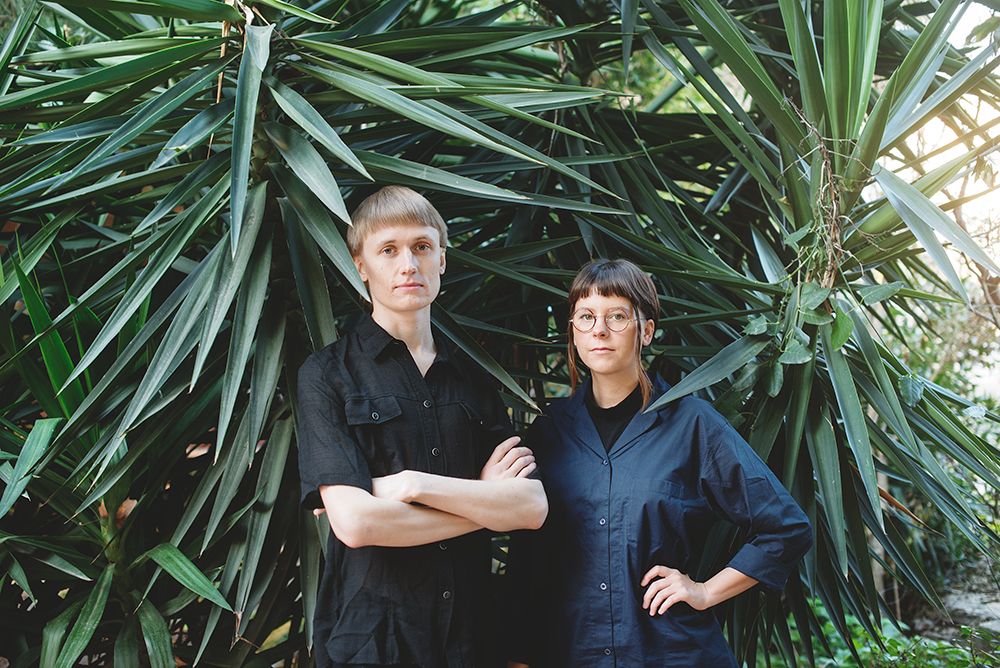
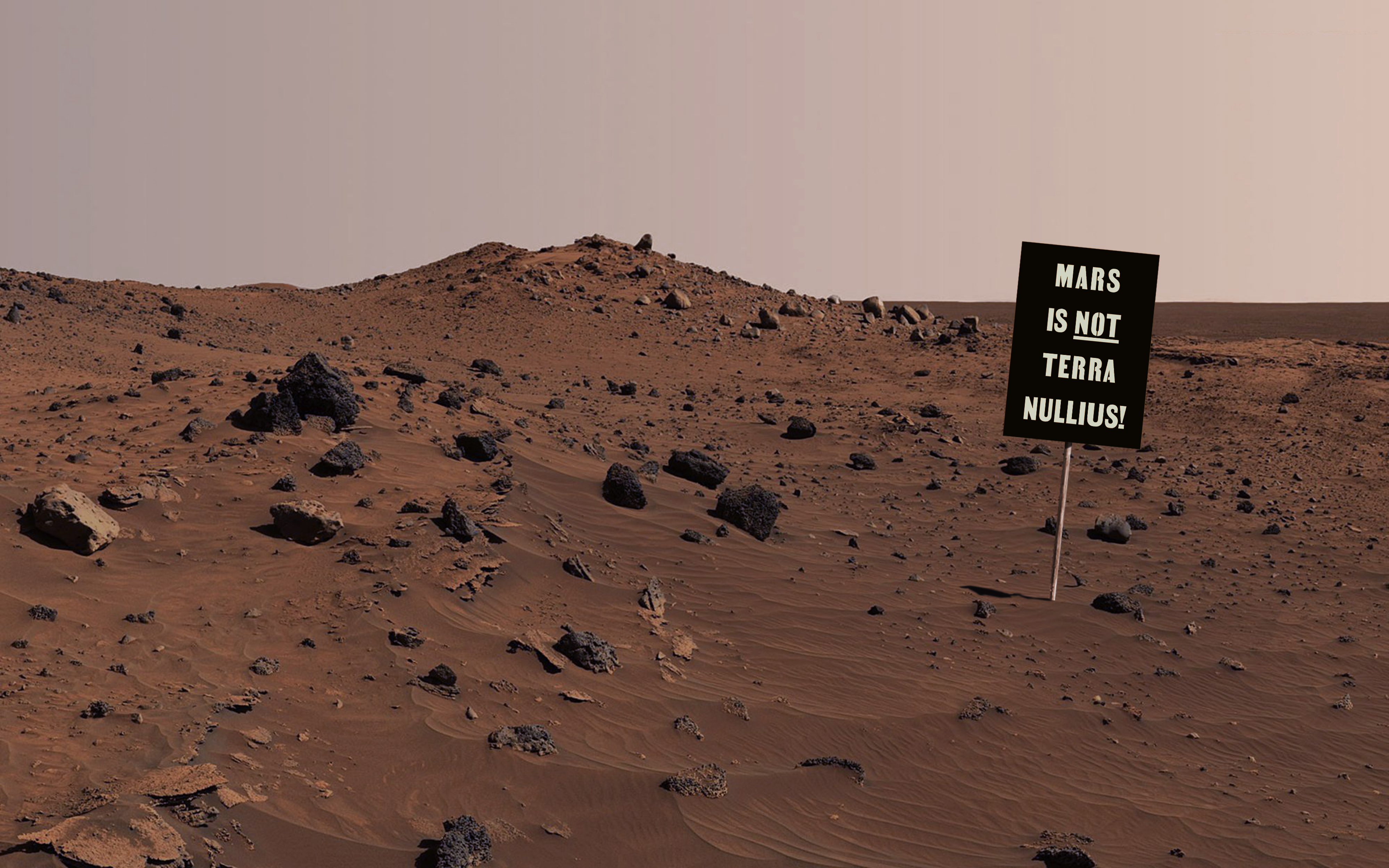
Share your thoughts and join the technology debate!
Be the first to comment